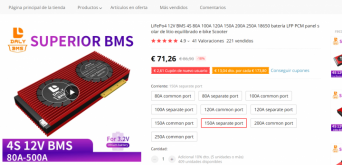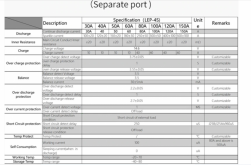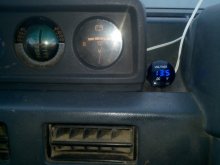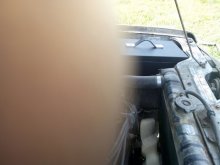Berseker
New Member
- Joined
- Mar 22, 2020
- Messages
- 269
Most cars take about 400 to 600amps on start up.Hi,
Just read the whole thread, interesting topic. Sorry if my question doesn't directly concern solar application.
I would like to build a lifepo4 12V pack to eventually replace a lead acid battery in a car...
I 'm looking to buy a DALY BMS and need to choose between common or separate.
With traditionnal lead acid, charge and discharge are done from same port so I would say the common version would be more appropriated here...
(it seems that we cannot use a separate version and still charge and discharge from same physical port?)
My concern with common port is about overcharge. It is specified from specs charge voltage is 14.6V, which I think should be close to what a car provide generally. Do you think there would still be risk of overcharge and battery disconnection?
Also I'm wondering which amperage should be taken.
From the specs, it is specified 100A version has 300A sparkle current (not sure to know exactly what it means) .
As lots of current is only going to be required at start, and for a few seconds, I wonder if 100A version would be enough.
Do you know if BMS would handle any momentary extra current or if it will go to overcurrent protection and forbid the car from starting??
Thanks
You would need a monster bms to be able to deliver that,
On the other hand i think i have seen bms with 5 sec surge ratings of 2x the rated current, if true, you may be able to get away with a 300amp bms.
Curious why you want to put lifepo4 in a car, when a conventional leadacid does the job nice and cheap.








